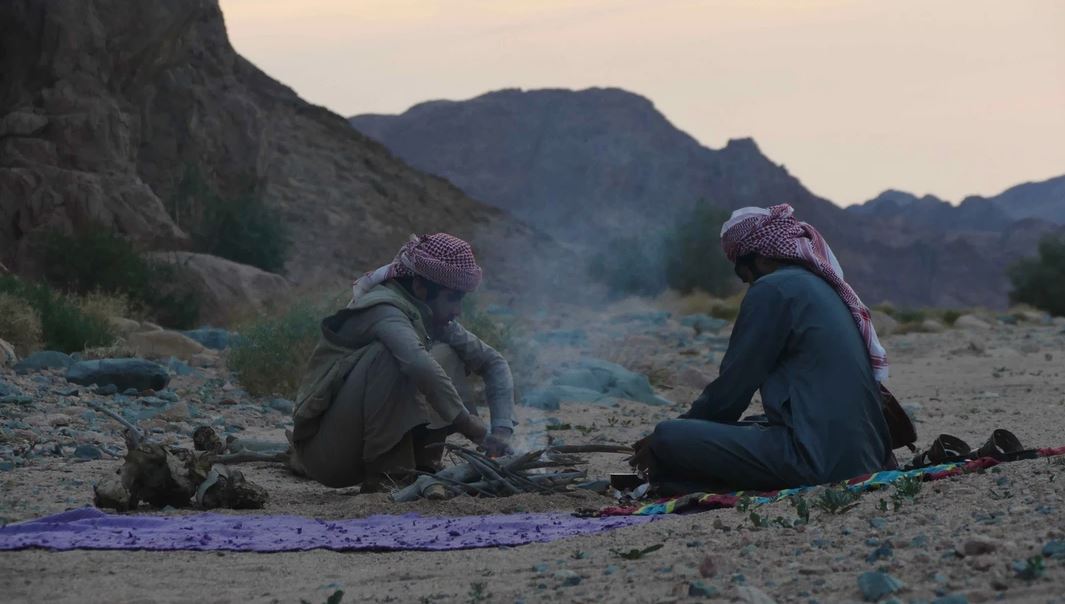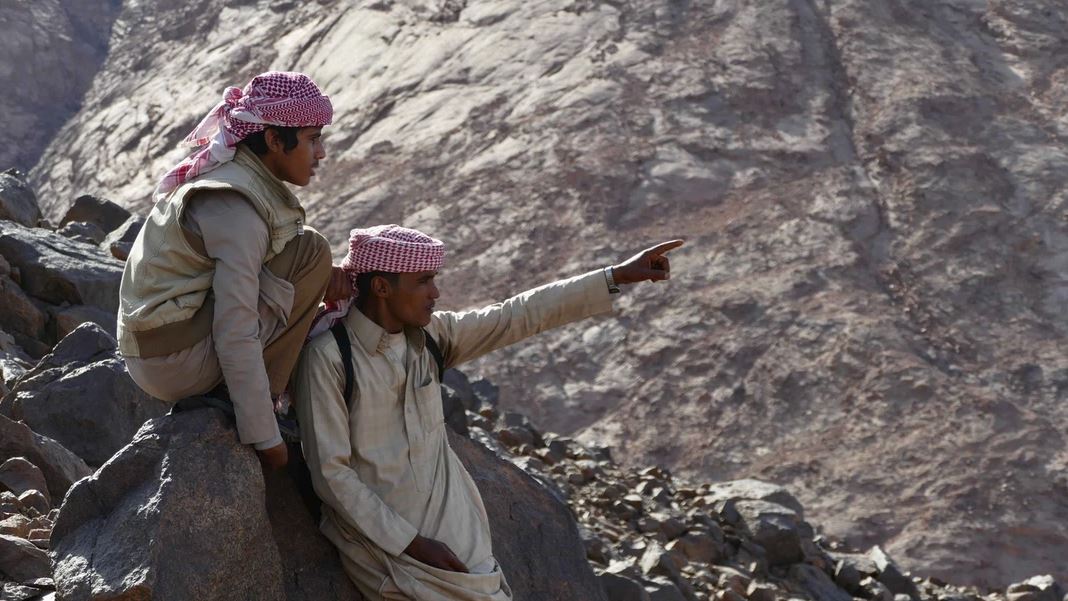
“If you see the mountains from afar, you’ll think they are empty. If you want to love the mountains, walk them or live in them. For one day, two or three. The longer you stay, the more they’ll take your heart,” shared Sheikh Merayi Abu Musallem, head of the Bedouin clan of the Khushmaan.
Although two of the most renowned institutions promoting adventure travel, the National Geographic and the Explorers Club, appeared in the 1800s, commercial adventure travel as we know it today is a relatively new phenomenon.
Both institutions, however, continue to support adventures and expeditions today, during a time where tourism is one of the most rapidly growing sectors in the world, and adventure tourism is one of its fastest growing categories. After all, the tourism industry is one of the largest economic sectors in the world, accounting for nine percent of global GDP and one in eleven jobs. This is why countries across all stages of economic development are prioritizing adventure tourism for market growth, as they slowly recognize its ecological, cultural, and economic value.

Sustainable nature-based tourism has grown in Egypt, highlighted with the launch of the Red Sea Mountain Trail (RSMT) last month near Hurghada. Behind the initiative are individuals such as Ben Hoffler, who is also one of the co-founders of Egypt’s award-winning Sinai Trail, Mohammed Muteer and Sheikh Merayi Abu Musallem of the Khushmaan clan, along with his son Omar Abu Merayi. Other co-founders of the RSMT include Czech national and trail developer Martina Sedlakova, British climber Tony Howard and Egyptian mountaineer Omar Samra.
Today, adventure and nature-based tourism is growing across the Middle East; new hiking trails are now accessible in Oman, the United Arab Emirates, Jordan, Lebanon, Palestine and soon in Saudi Arabia. “The ultimate dream would be to someday connect all of these trails across the Middle East in what would be one of the most incredible tourism projects in the world today” said Samra.

Just last November the Sinai Trail received the support of the Ministry of Tourism at the World Travel Market in London, promoting it as one of its three main pillars alongside the Red Sea and Great Egyptian Museum (GEM).
“It took a lot of effort to get the trail to where it is today: a pristine and true world class destination that is locally led. There is still so much potential to grow and develop this trail and others across Egypt,” said Samra to Egyptian Streets as he reflected on the RSMT initiative.
Tourism is a people-based economic activity that can have a strong and transformative impact on communities, especially those in poverty. Tourism declined throughout the Middle East after the Arab Spring uprisings in 2011, but it appears to be gradually on the up again with the United Nations World Tourism Organisation reporting a 13 percent jump in North African tourist arrivals and a five percent rise across the Middle East.

Ben Hoffler remains hopeful for the future impact of initiatives like the RSMT, noting it has a role to play not only in economic impact, but in preserving Egypt’s cultural heritage. Hoffler mentioned, “The RSMT is about finding ways to keep this relevant and alive. It’s about showing how Egypt’s nomadic communities have a heritage that enriches all of humanity, something which should be seen, valued and celebrated as part of our modern world, rather than as a relic of the past.”
Hoffler worked for five years walking the mountains and exploring the old paths with the Bedouin clan of the Khushmaan, who are part of a bigger tribe known as the Maaza, to develop the RSMT. These paths had fallen mostly out of use as Bedouins abandoned the old desert life to settle in towns, and as motorized transport was introduced to the region. The Maaza are quite different from the Bedouin tribes of the Sinai, more nomadic and untouched by mainstream tourism.

Nonetheless, “they welcomed the idea of the RSMT as an authentic way for them to share their culture and heritage while making a living for their families. There are challenges though, owing to the remoteness of these lands and how long it had remained inaccessible, but we’ve come so far already, and the best is yet to come,” recalled Samra. This is what makes this destination unlike any other in the region.
“The most incredible thing about trail tourism in Egypt is we’re not just walking empty wilderness, the Bedouin people are still living and thriving across these lands and guiding us through it in their own special way. They are great storytellers, carrying the wisdom of their ancestors and knowledge of the lands and even medicinal plants sought throughout the world over,” shared Samra.

“One of my favorite moments has to be at night when we sit around the campfire under the star filled sky. It’s not just us Egyptians who learn something walking these lands, I believe the land and its people have something special to offer the world.”
When the RSMT’s inaugural hike opened for registration, over 100 people signed up, a sign of promise for the future. For centuries, the mountains around Hurghada have not been as accessible as they are now, so the trail offers something genuinely new for Egypt. The RSMT’s location near Hurghada gives further hope. Unlike other regions like South Sinai, Hurghada is not affected by travel warnings and has direct flights to countries all over Europe, opening its doors for everybody.

“Moving forward, once this area completely opens up and adventure tourism blossoms even further, tour operators will flock to it,” said Samra.
“As the co-founders of the RSMT, our vision is to act as a protector of the area, ensuring that tourism methods remain sustainable, and that it provides the right socio-economic benefit to the local community.”


Comments (0)